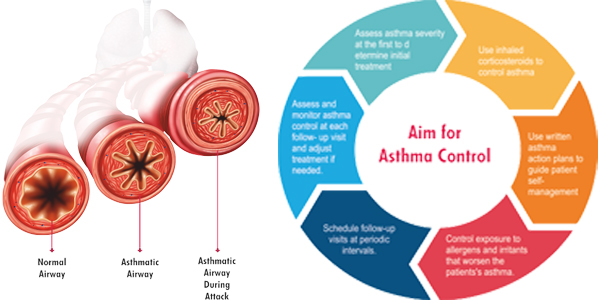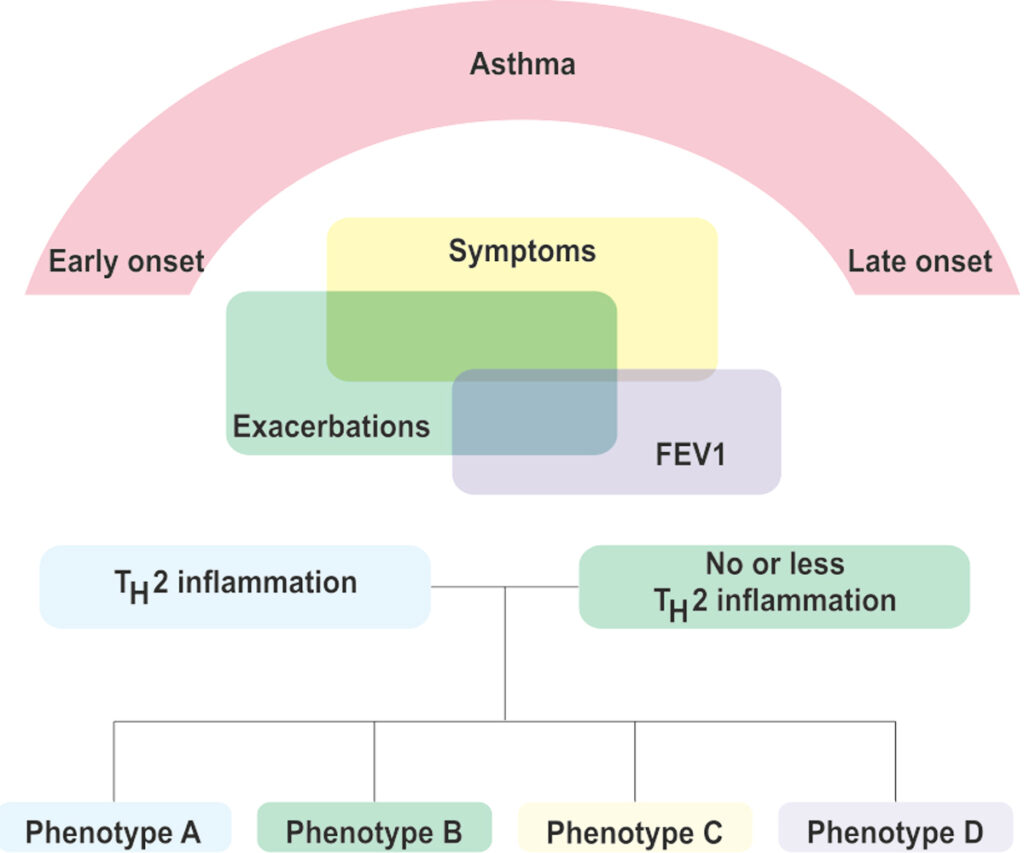Dr VIKRAM SARBHAI, MD (Gold Medalist), DNB, FCCP(USA) FACP(USA) FISDA FNCCP
Specialist – Pulmonology – RAK Hospital, UAE , Sr Consultant – Pulmonology, Intensive Care & Sleep Medicine, National Heart Institute, New Delhi, President – Indian Sleep Disorders Association
Formerly at:
Medanta, The Medicity, Gurgaon, Haryana ( 2 ½ Yrs )
Fortis Escorts Heart Institute, New Delhi (14 years )
Max Super Specialty Hospital, Saket ,New Delhi (10 years )
Head of Dept – Pushpanjali Crosslay Hospital, GZB
INTERNATIONAL FELLOWSHIPS
ACCP International Mini-Residency Fellowship-1999 Chicago , American Association for Respiratory Care (AARC) International Fellowship-2003
INTERNATIONAL SCHOLARSHIP & TRAINING:
Training In Medical Thoracoscopy and Rigid Bronchoscopy from Marseilles, France (2015 and 2016),
Interventional Pulmonology Trainings : Lahey Clinic, Boston, (2005) and
ACCP and ASTS workshop in Chicago, USA(2012), Sleep Medicine Training from Atlanta School of Sleep Medicine and School of Sleep Medicine, Palo Alto, San Francisco and Stanford University Sleep Disorder Center, (2000) and Sydney ( 2005 & 2012 )
Visiting WHO Consultant to Bhutan, Swine Flu Project , Visiting Professor –Huntsman Cancer Institute,Salt Lake City, University of Utah, USA
GOLD MEDAL in MD (University of Delhi, 1993)





